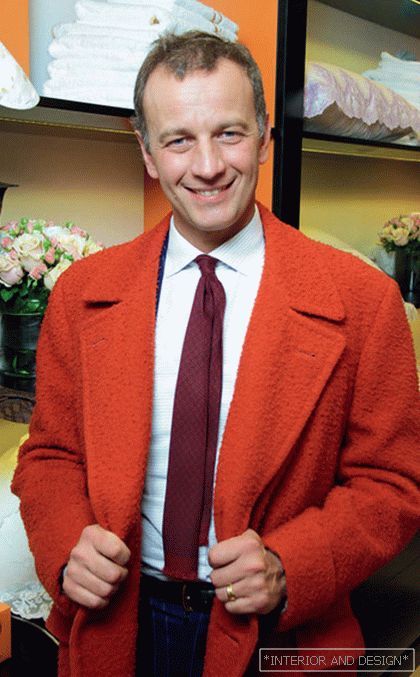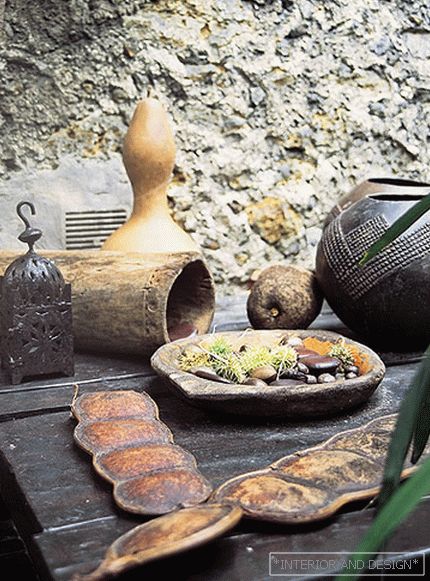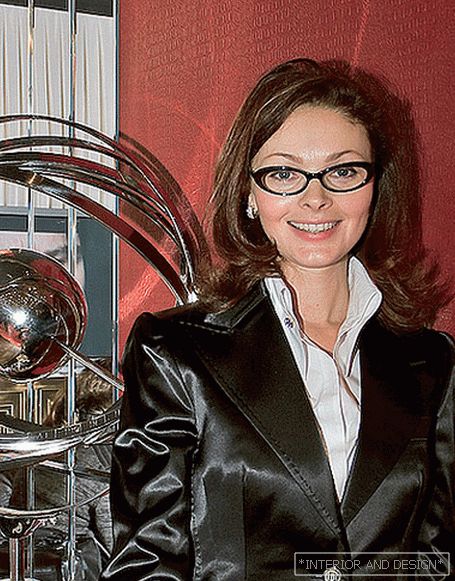 Very often, decorative ponds of various shapes and sizes are used to decorate suburban areas. And in order for this element of the landscape to look beautiful and natural, it must be supplemented with a variety of plants. Such plants perform not only an aesthetic function, but also protect water from overheating and flowering. However, in order for all the ecosystems of the reservoir to function normally, it is necessary to properly plant the plants, taking into account their features and beneficial properties.
Very often, decorative ponds of various shapes and sizes are used to decorate suburban areas. And in order for this element of the landscape to look beautiful and natural, it must be supplemented with a variety of plants. Such plants perform not only an aesthetic function, but also protect water from overheating and flowering. However, in order for all the ecosystems of the reservoir to function normally, it is necessary to properly plant the plants, taking into account their features and beneficial properties.
All plants for ponds are divided into three main types:
- deep water;
- floating
- underwater.
Content
- 1 Deep water plants
- 2 Floating plants
- 3 Underwater plants
- 4 How to choose aquatic plants
- 5 Ways to plant aquatic plants in a pond
- 6 How to care for aquatic plants?
Deep water plants
The root system of plants belonging to this group is at the bottom of the pond, and the leaves and inflorescences are on its surface. Due to the large size of the leaves, deep-sea plants are able to create a shade that protects the water in the pond from overheating and does not allow algae to grow. Water remains bright, clean and does not bloom.
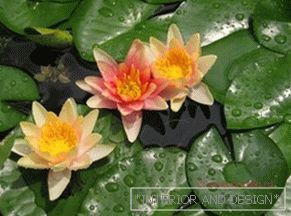 The most common deep-sea plant is water lily (nymphea). Today, many varieties of water lilies are displayed, differing from each other in color, size, shape of the flower and leaves, flowering time and growing conditions.
The most common deep-sea plant is water lily (nymphea). Today, many varieties of water lilies are displayed, differing from each other in color, size, shape of the flower and leaves, flowering time and growing conditions.
Also popular representatives of this group of plants are nuggets (yellow nuggets are most often found in our region), two-wheeled aponogeton, brazenia, bog flowers, and lotus.
Floating plants
Their filamentous roots are not fixed in the soil, but are located in the water column, the leaves are on the surface of the reservoir. The main task that floating plants perform is water filtration. Their leaves cover the water surface of the pond, preventing the penetration of light and not allowing algae to multiply. And the roots absorb mineral salts, not giving the algae sufficient nutrition. Thanks to the floating species, the water in the reservoirs remains clear and crystal clear.
The most popular plants of this group are duckweed, azolla fern, wolfia, vodokras, pistia, rdest, rogulnik and others. They multiply socketsformed in August or early autumn.
Underwater plants
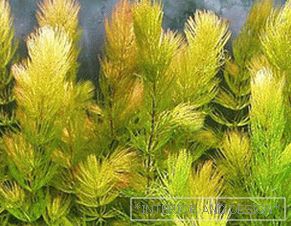 This type is also called oxygenbecause their main function is to saturate the water with oxygen. Some representatives of underwater plants also suck in mineral soda, softening the water and stopping the growth of blue-green algae, due to which water bodies “bloom”.
This type is also called oxygenbecause their main function is to saturate the water with oxygen. Some representatives of underwater plants also suck in mineral soda, softening the water and stopping the growth of blue-green algae, due to which water bodies “bloom”.
Underwater plants создают favorable environment for the life of fish and amphibians. They are not only food for fish, but also suck up their waste with a rhizome, cleaning and filtering water.
Oxygenators are able to run ashore or they can rise above the water. Among the representatives of the underwater group, the most famous are the swamp marsh, urut, elodey, and hornpole.
How to choose water plants
When choosing plants for water construction, one should not be guided only by their appearance, it is also necessary to make a start from conditions of their detention and useful properties. One of the determining factors is the size and depth of the pond. So, for a reservoir of small size, duckweed, which also serves as food for fish, is well suited. In the zone near the coast you can land sedge, urinal and headstand. Not recommended for registration small ponds use tall or disproportionately large plants.
 Big pondon the contrary, allows the use of a wide variety of plant species. In such ponds water lilies, nuggets, rdest or turcha will look great. Around the shores, the arrowhead and susak look beautiful, and on the shores, basilis or Siberian iris.
Big pondon the contrary, allows the use of a wide variety of plant species. In such ponds water lilies, nuggets, rdest or turcha will look great. Around the shores, the arrowhead and susak look beautiful, and on the shores, basilis or Siberian iris.
However, it should be borne in mind that when designing water bodies, it is not necessary to plant too many plants for such reasons:
- First, some of them (for example, duckweed) multiply quickly and can in a fairly short time turn your pond into swamp.
- Secondly, tall or broadleaf species can impede the growth and normal functioning of other plants, sacrilegious light penetration to them.
Ways to plant aquatic plants in a pond
It is recommended to plant all aquatic plants from April to August. It is desirable that this was cloudy or even rainy weather. Despite the fact that plants can be planted in the ground, experts still recommend planting in the tank or containers.
Landing technology plants is this:
-
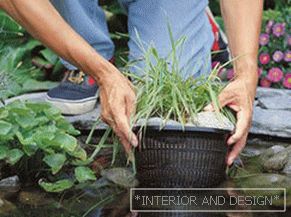 put a little bit of plastic on the bottom of a plastic container gravel (pebbles);
put a little bit of plastic on the bottom of a plastic container gravel (pebbles); - half of the pot is filled with special ground for aquatic plants, which contains clay;
- Carefully, in order not to damage, we move the plant into a container, pour it with water at room temperature and fill it with soil, leaving the distance to the edge of the pot about 4-5 centimeters. The soil should lie down quite tightly, but do not tamp it.
- top of the ground falls asleep engraving (pebbles) to protect the soil from leaching;
- Slowly sink containers with plants into the pond.
Преимуществом такого способа посадки является возможность ограничить чрезмерное разрастание растений в водоеме. Особенно часто такие проблемы возникаю при оформлении водоемов быстрорастущими видами, например, water lilyми.
How to care for aquatic plants?
If the reservoir is populated with plants and fish correctly, it has a water purification system, then it is not difficult to care for it: you only need to regularly remove excess algae. The smaller the size of the pond, the more it is at risk of blooming and turbidity of water. But even large reservoirs regularly need care.
Main works consist of removing remnants of vegetation from the water surface. To do this, you can use a net, rake or special tongs. You can cut water plants, shoots and dead, darkened and dimmed leaves using scissors with a long telescopic handle.
Before the beginning of the cold period with floating plants wintering buds are cut off and keep them in the bank until spring. Thermophilic plants are transferred to a warm place for winter time.
Regularly required remove duckweed. In aquatic plants pruned faded flowers and ovaries.
Pond care does not cause great difficulties, but an artificial reservoir will be a wonderful decoration of any site and will give a lot of good impressions.

